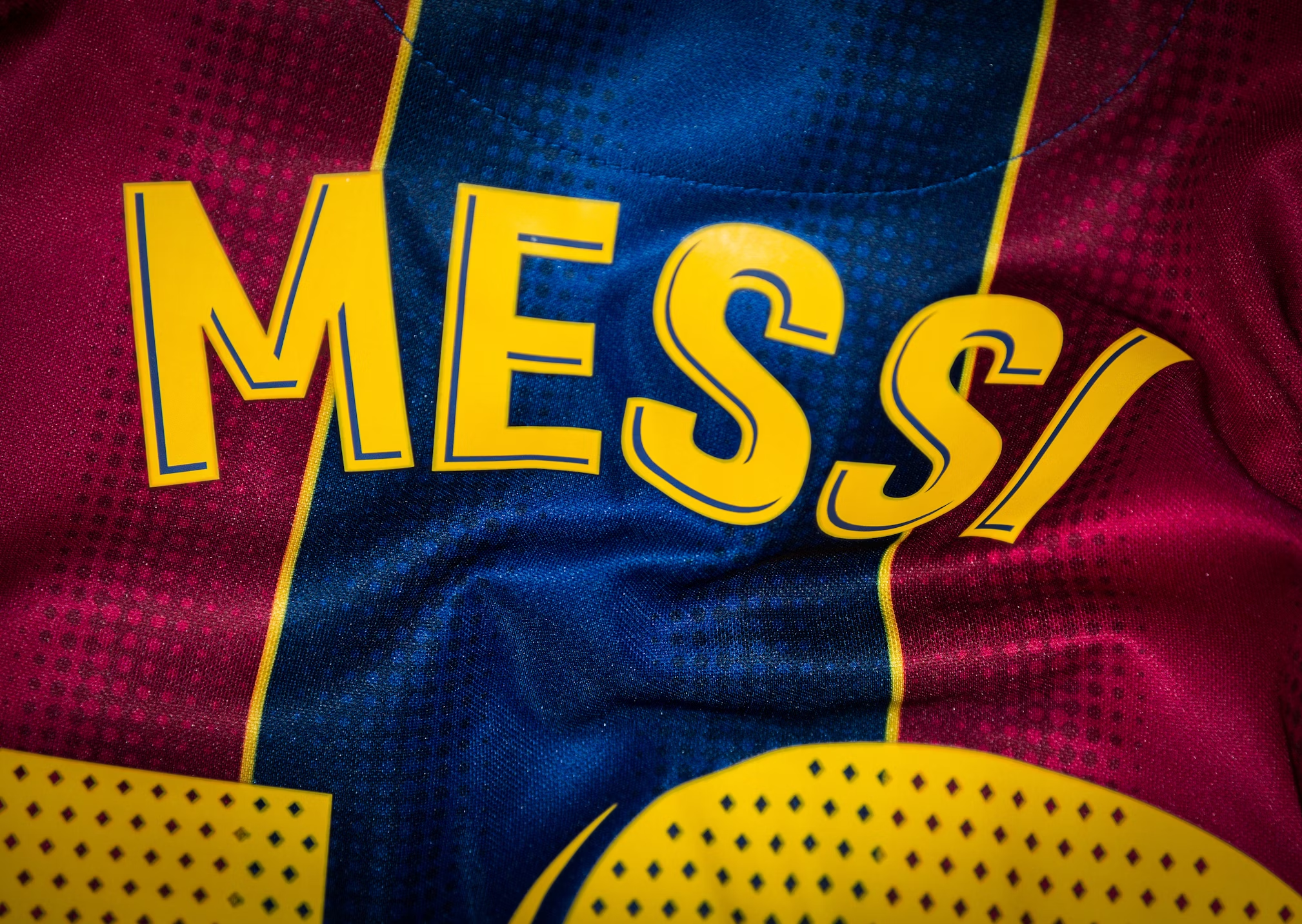The Dragon Dance: A Colorful Tradition Full of Grace and Power
Have you ever witnessed the majestic sway of a dragon dance? This vibrant tradition, often seen during Chinese New Year and other cultural celebrations, is more than just a dazzling spectacle. It’s a rich tapestry of history, symbolism, and artistry that brings communities together in celebration. In this blog post, we’ll explore the origins, significance, and execution of the dragon dance, and why it remains a beloved tradition around the world.

The Origins of the Dragon Dance
The dragon dance has deep roots in Chinese culture and is believed to date back over 2,000 years. It originally started as a way to ward off evil spirits and bring good luck. According to legend, the dragon, a revered symbol in Chinese culture, is a benevolent creature associated with strength, wisdom, and prosperity. Performing the dragon dance was thought to harness these qualities and ensure a positive start to the new year or other significant occasions.
The dance has evolved over centuries, becoming a central feature of various festivals and public celebrations. Its dramatic and vibrant performance captivates audiences, showcasing the dragon’s mythical attributes and fostering a sense of community and cultural pride.
Symbolism and Significance
The dragon in Chinese culture is a symbol of power, strength, and good fortune. Unlike the fearsome dragons of Western mythology, the Chinese dragon is considered a benevolent creature that brings prosperity and positive energy.
- Good Luck and Prosperity: The dragon dance is performed to invite good fortune and prosperity. Its presence during celebrations like Chinese New Year is believed to drive away negative energy and usher in a new year filled with blessings.
- Unity and Teamwork: The dance requires a coordinated effort from multiple performers, symbolizing harmony and collaboration. It’s a reminder of the strength found in unity and the collective spirit of the community.
- Cultural Heritage: The dragon dance serves as a living tradition that connects contemporary celebrations with ancient customs. It’s a way for younger generations to engage with their cultural heritage and keep traditions alive.
The Performance: A Masterful Display of Artistry
The dragon dance is a highly choreographed performance involving a team of dancers and a dragon puppet. Here’s how it unfolds:
- The Dragon Puppet: The dragon used in the dance is typically made of fabric and bamboo, and can range from a few feet to over 100 feet in length. It’s often adorned with vibrant colors, sequins, and intricate designs that represent various elements of Chinese culture.
- Dance Movements: Performers use long poles to maneuver the dragon puppet, creating fluid and dynamic movements that mimic the dragon’s sinuous, serpentine motions. The dance features various patterns, including undulating waves and spirals, as well as quick, sharp movements that simulate the dragon’s agility and power.
- Accompaniment: The dance is usually accompanied by traditional Chinese music, including the rhythmic beats of drums, cymbals, and gongs. This music enhances the energy and excitement of the performance, and helps guide the dancers’ movements.
- Coordination and Skill: Dancing with the dragon puppet requires precise coordination and skill. Performers must work in harmony to create the illusion of a living, breathing dragon. The dance often includes high-energy segments where the dragon appears to leap and twist, adding to the drama and spectacle.
The Dragon Dance in Modern Times
While the dragon dance remains a traditional practice, it has also adapted to contemporary contexts. Today, it’s performed at various festivals, cultural events, and even in global parades, spreading its magic beyond China’s borders.
- International Festivals: The dragon dance has become a popular attraction at international cultural festivals, showcasing Chinese traditions to a global audience. Cities around the world with significant Chinese communities often feature dragon dances as part of their celebrations.
- Community Events: Local cultural and community events frequently include dragon dance performances, fostering cultural exchange and bringing people together in celebration.
- Cultural Education: Modern performances also serve an educational purpose, teaching audiences about Chinese culture and traditions. Schools and cultural organizations often use the dragon dance to engage students and promote cultural understanding.
How to Experience the Dragon Dance
If you’re interested in experiencing the dragon dance firsthand, here’s how to get involved:
- Attend a Festival: Look for local or international festivals celebrating Chinese New Year or other cultural events. Many of these will feature dragon dance performances.
- Join a Cultural Organization: Many cities have Chinese cultural organizations or community groups that offer workshops and performances related to traditional dances.
- Learn About the Tradition: Educate yourself about the history and symbolism of the dragon dance. Understanding its cultural significance will deepen your appreciation of the performance.
- Support Local Performers: Support local dragon dance troupes and artists. Many are dedicated to preserving and promoting this vibrant tradition.
Conclusion
The dragon dance is a spectacular celebration of culture, tradition, and community. Its rich history and symbolic significance make it more than just a performance; it’s a living tradition that connects people to their heritage and each other. Whether you’re watching from the sidelines or participating in the dance, the dragon’s graceful movements and vibrant energy offer a magical experience that embodies the spirit of celebration and unity.










